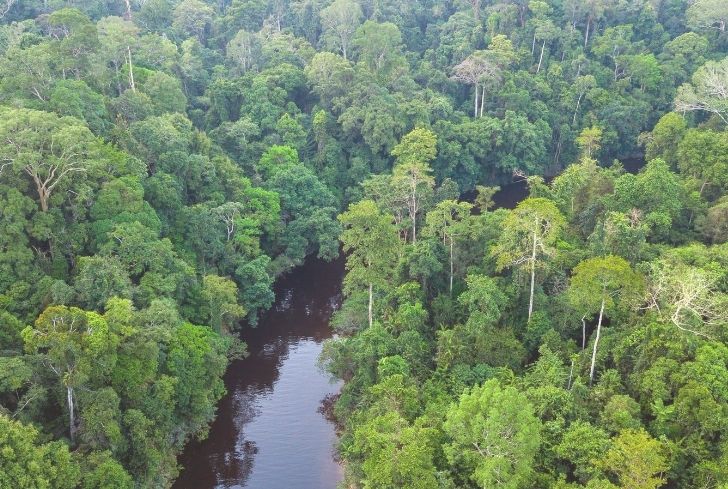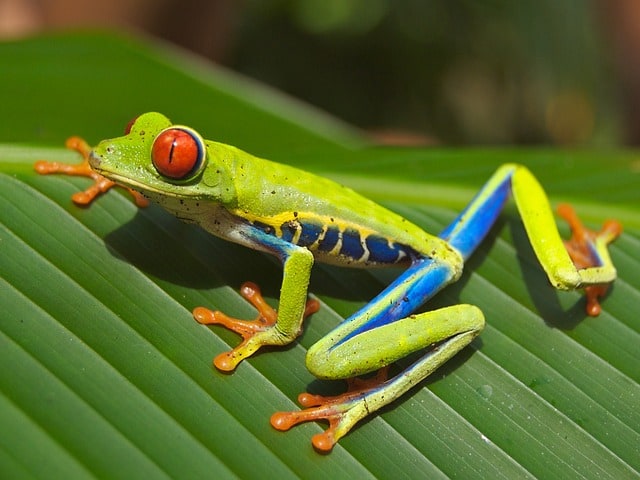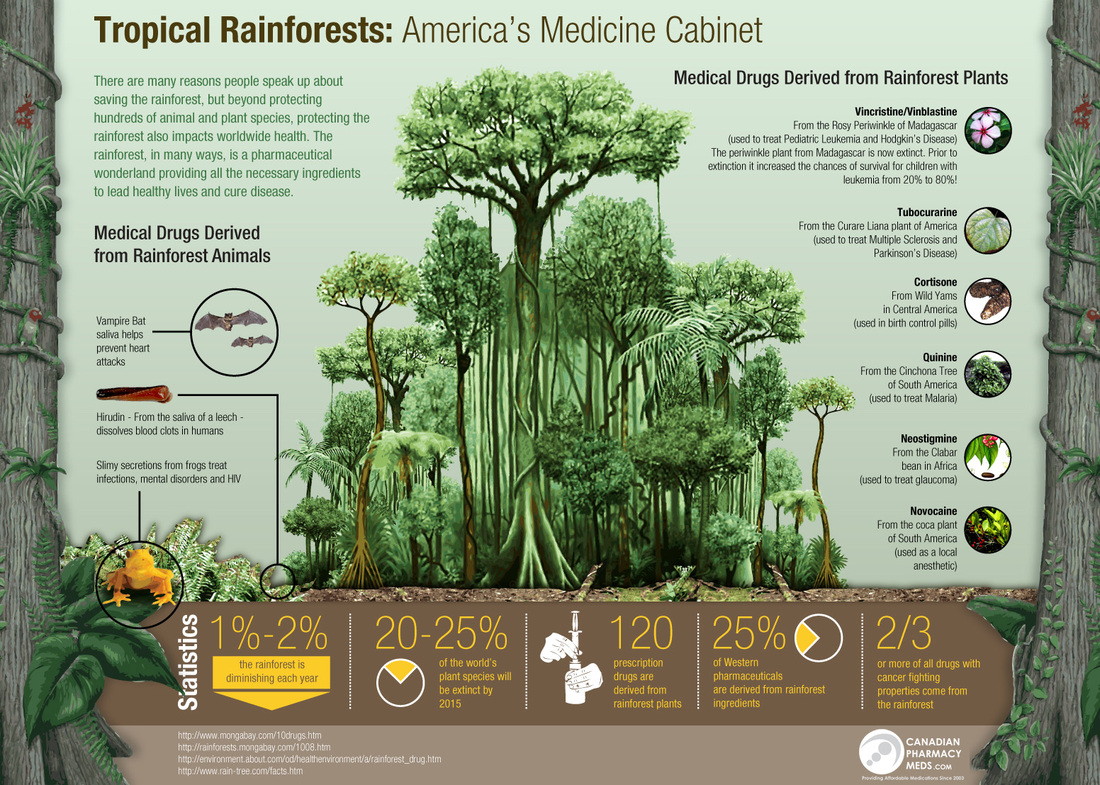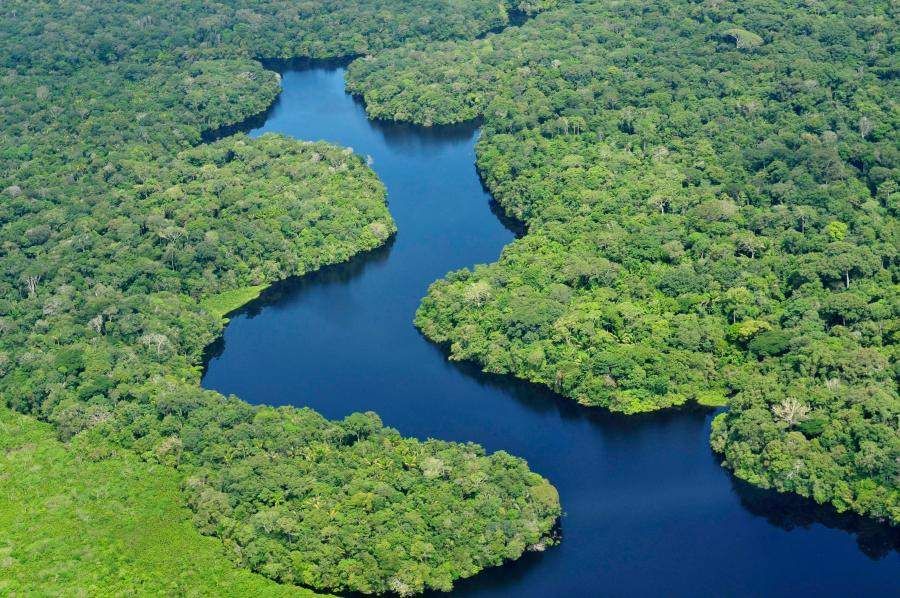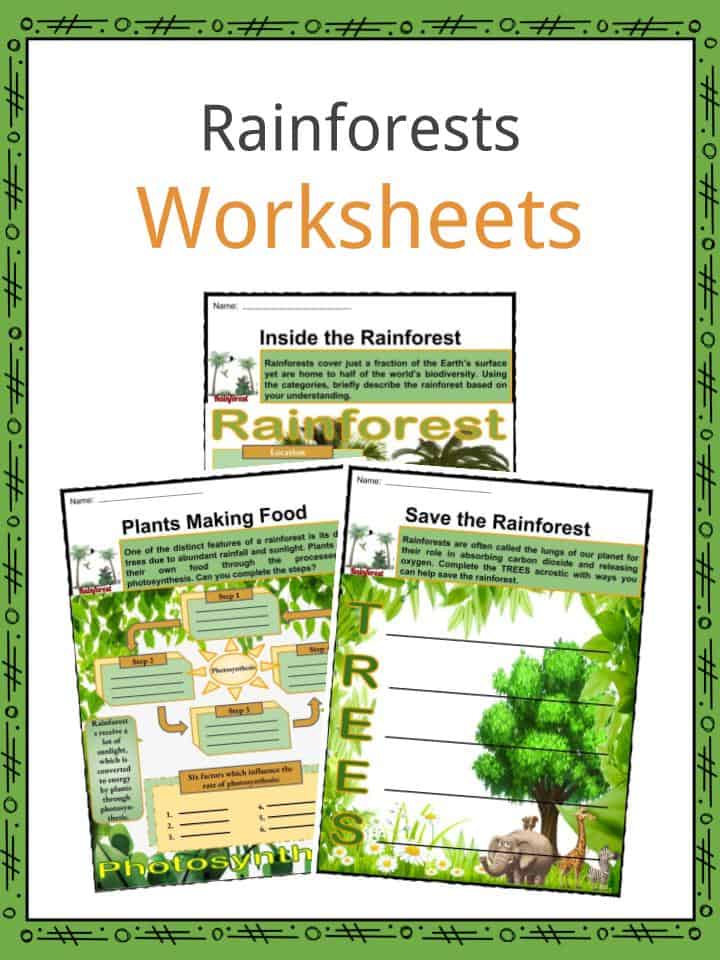Rainforests are a type of biome, or a distinct ecological community of plants and animals, that are characterized by high levels of rainfall and a dense canopy of trees. These ecosystems are found in tropical and subtropical regions around the world, including parts of Central and South America, Africa, and Southeast Asia.
Rainforests are home to a staggering diversity of plant and animal life. The canopy of trees in a rainforest can reach heights of up to 200 feet, and is home to a wide range of species, including monkeys, sloths, toucans, and parrots. The understory, or the layer of vegetation beneath the canopy, is home to a diverse array of plants, including ferns, vines, and small trees. The forest floor is home to a variety of insects, reptiles, and mammals, including snakes, lizards, and jaguars.
Rainforests are also home to a number of indigenous communities, many of whom have lived in these ecosystems for generations. These communities rely on the rainforest for their livelihoods, as well as for traditional medicinal and spiritual practices.
Rainforests are under threat from a variety of human activities, including logging, farming, and mining. These activities can lead to deforestation, which destroys the habitat of the plants and animals that live in the rainforest. Deforestation can also contribute to climate change, as the trees in the rainforest absorb carbon dioxide from the atmosphere.
Conservation efforts are underway to protect rainforests and the species that depend on them. These efforts include establishing protected areas, such as national parks and reserves, and implementing sustainable farming and logging practices.
In conclusion, rainforests are a vital and diverse ecosystem that are home to a wide range of plant and animal species, as well as indigenous communities. These ecosystems are under threat from human activities, but conservation efforts are helping to protect them for future generations.
